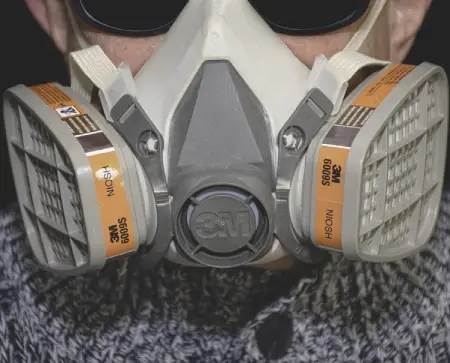
What is beryllium?
Beryllium is a steel-gray metal that is soft and low density. It is usually found in small concentrations in the Earth’s crust, but it is not a material found on its own. Rather, it is extracted from minerals such as beryl and bertrandite. Beryllium dust and fumes are incredibly toxic to the lungs. Inhaling this substance causes the body’s immune system to become sensitized. When a sensitized individual is repeatedly exposed to beryllium, their condition can eventually develop into severe lung disease or even cancer.
How is one exposed by beryllium?
There are several ways that beryllium can enter the body, including ingestion, contact with the skin, and inhalation. Beryllium’s main application is in ceramics or beryllium copper, meaning you can find it in products like tools and machinery. Workers that are most commonly exposed to beryllium are welders and dental technicians.
How can I prevent exposure?
Knowing how much beryllium you are exposed to on the job is essential for your protection. Because of that, safety in working around beryllium begins with an exposure assessment. This assessment needs to be conducted whenever beryllium is used onsite.
If Beryllium is found onsite, what can and should be done?
If beryllium is found onsite there are a few methods that can be done to eliminate the hazard.
First is removing the hazard altogether or replacing them with safer substitutes. Beryllium products are sometimes needed for the project on-site, so removal may not be possible. but if this is a possibility removing the hazard is the most effective method for protecting workers.
Additional precautions you can take to prevent beryllium exposure
Other ways you can make your work area safer are through ventilation. There are various forms of ventilation that you can use, each with its pros and cons. You can also use water systems and attach them to your equipment. Another potential engineering control is to use automation. Rather than having employees perform job tasks that involve beryllium exposure, employers can purchase machinery that automates the process without employee involvement. There are a few more methods for exposure prevention including personal protective equipment and administrative involvement. Many of these methods will change depending on the work area you will be in. Always take the necessary precautions based on the hazards around you and follow the exposure control plan if one is provided. Good luck and stay safe!
